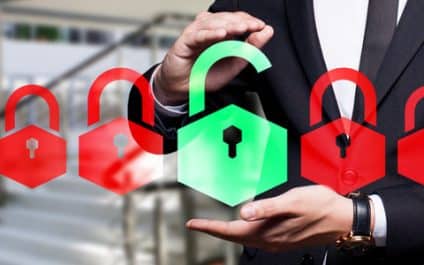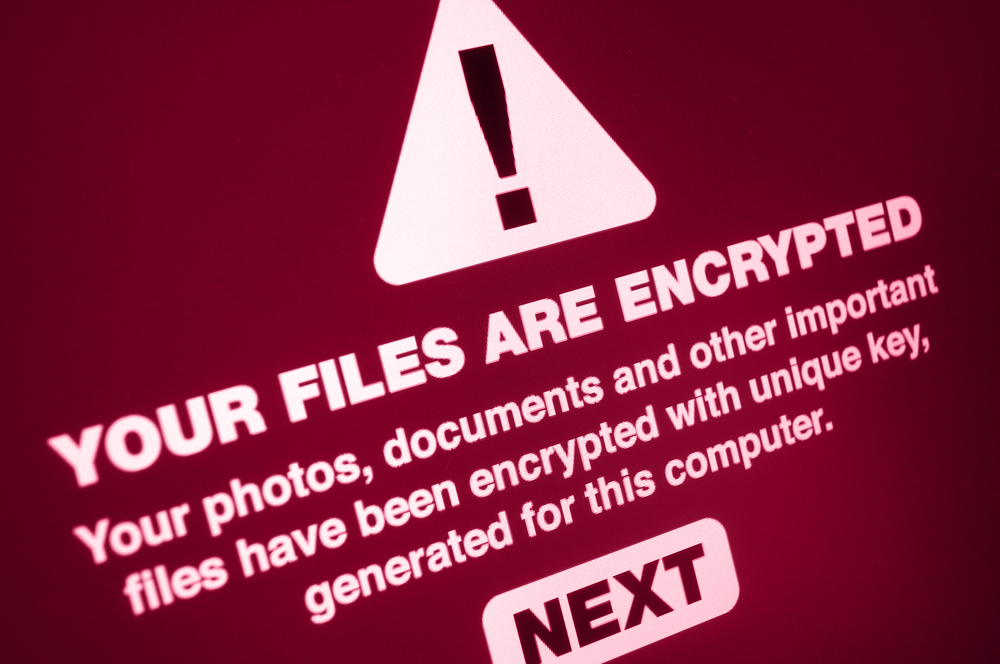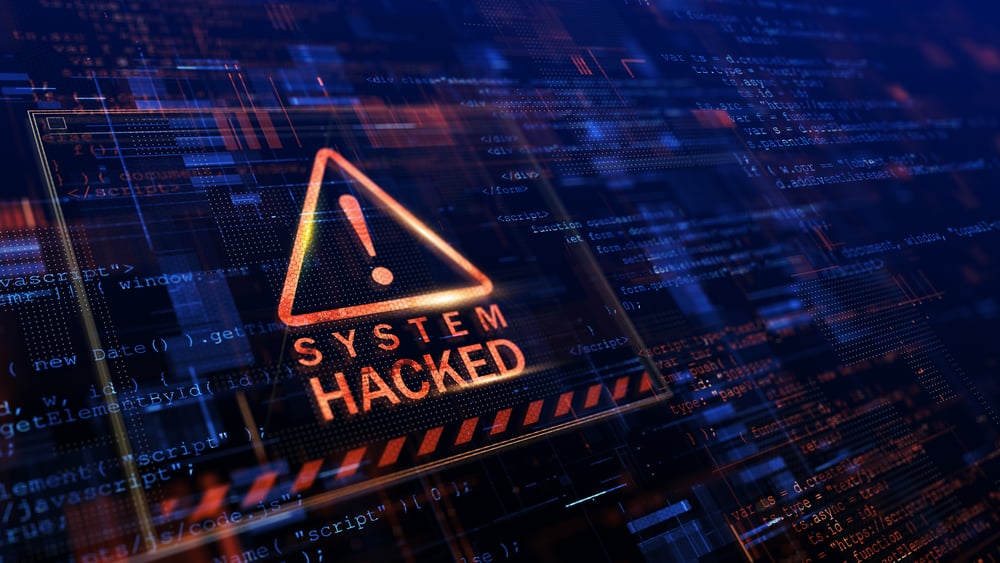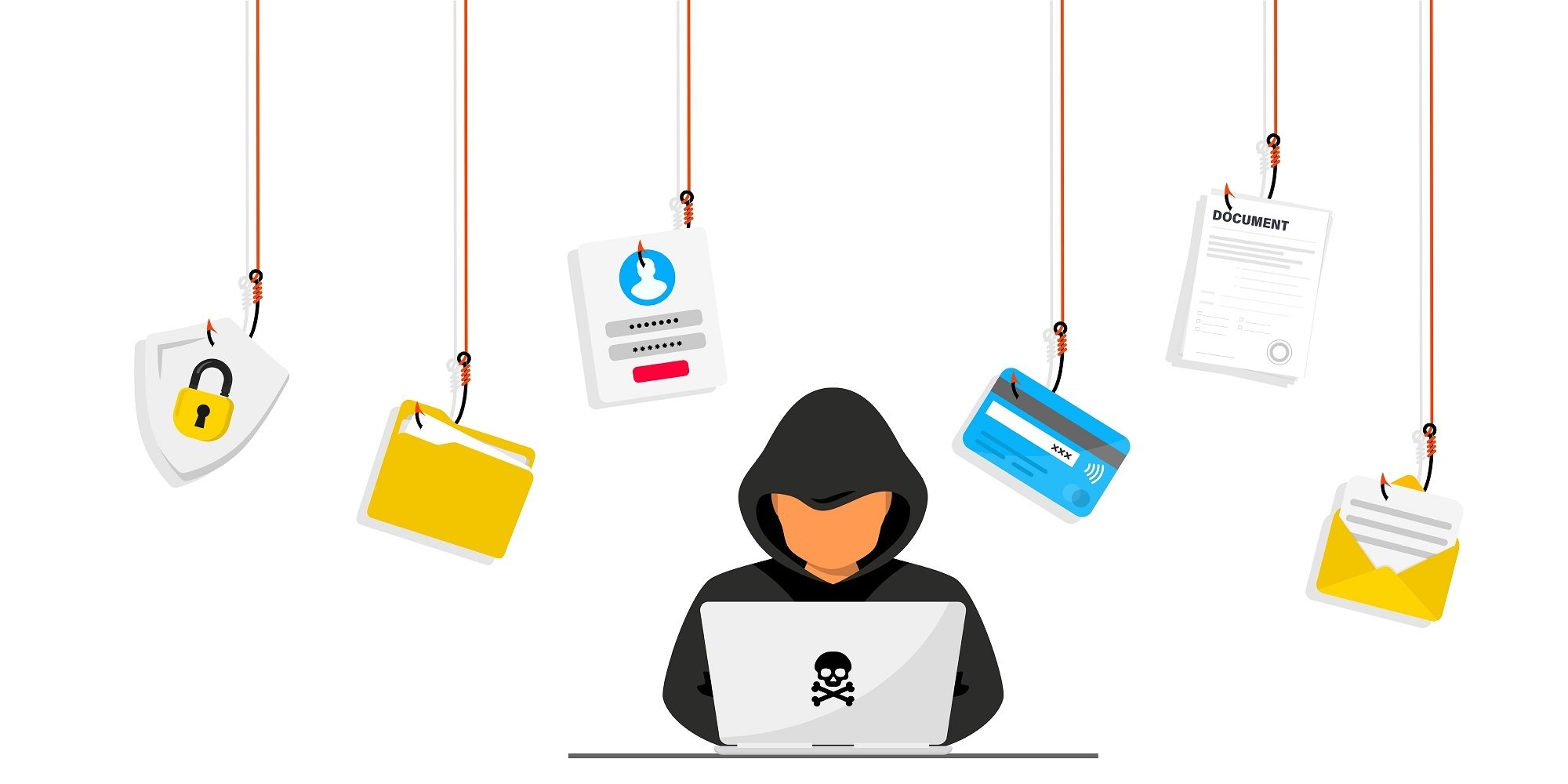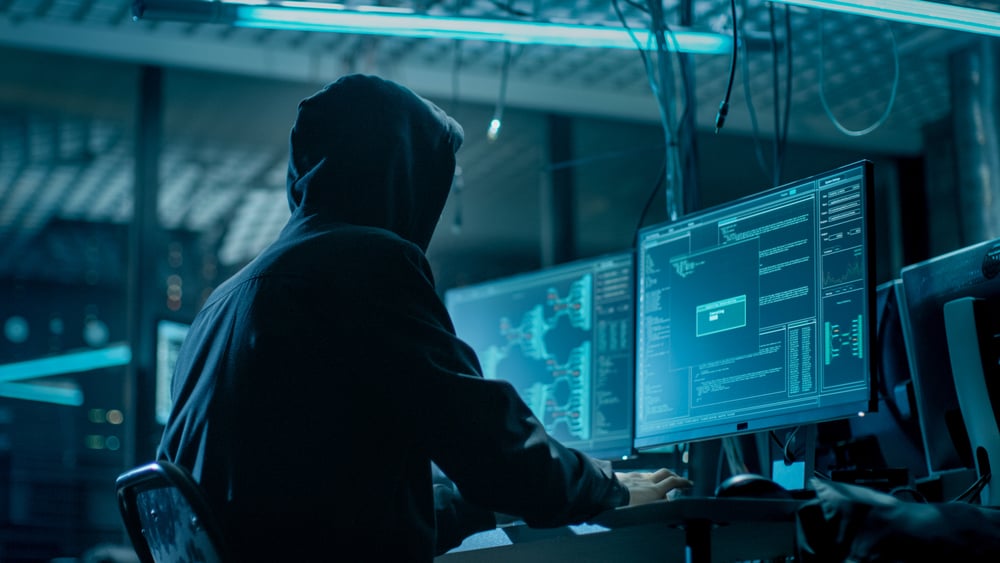Cybersecurity programs can be complex.
But the single highest-impact activity you can run this quarter requires no new software, no procurement, and no long deployment cycle.
It’s a ransomware tabletop exercise.
What a Tabletop Really Is
A tabletop isn’t a simulation run by your SOC.
It’s a conversation-driven rehearsal for your leadership team, IT staff, legal, communications, and HR — the people who would make decisions during a crisis.
NetCov has facilitated hundreds of these sessions, and every time, teams walk away saying the same thing:
“I had no idea how many decisions we’d have to make that fast.”
A good tabletop makes everyone think, “What if this happened today?”
It reveals who needs to act, how they’ll communicate, and what gaps exist between the plan and reality.
Why It Matters More Than Any Tool
You can have best-in-class endpoint protection and still fail to respond effectively if your people freeze when ransomware hits.
Tabletops build the muscle memory your team needs to make sound decisions under pressure.
Here’s what they uncover:
- Timing gaps — how long it really takes to detect, respond, and escalate.
- Role confusion — who calls legal, who calls PR, and who talks to the board.
- Vendor dependencies — whether contracts actually guarantee the help you’ll need.
- Communication weaknesses — how to inform staff and customers without fueling panic.
No tool can teach that. Only experience — even simulated — can.
The ROI of Readiness
Executives often ask if tabletops are worth the time.
Here’s the reality: a single afternoon can save your organization weeks of chaos and millions in recovery costs.
Insurers increasingly require proof of incident-response practice before renewing policies. Regulators now expect documented drills as evidence of operational readiness.
A tabletop exercise checks both boxes — while giving your team priceless situational awareness.
How NetCov Runs Them
Our table-top sessions are led by former Air Force CISO Jen Anthony and guided by current ransomware trends.
We tailor each scenario to your industry and environment — not a generic breach story.
A typical engagement includes:
- Pre-brief on current threat landscape.
- Live scenario simulation involving cross-functional roles.
- Debrief + After-Action Report with specific recommendations.
It’s practical, professional, and — most importantly — non-punitive.
The goal isn’t to test individuals. It’s to test the plan (or establish one if you’re just getting started).
The Takeaway
If you only do one cybersecurity project before year-end, make it a tabletop.
It builds alignment, exposes blind spots, and gives leadership confidence they can’t buy with any tool.
Schedule your tabletop now and start 2026 ready for anything!



